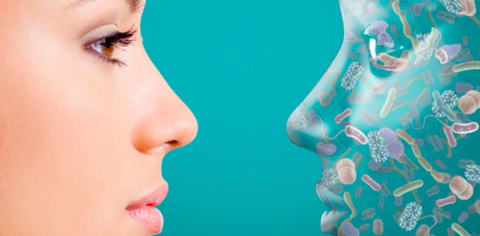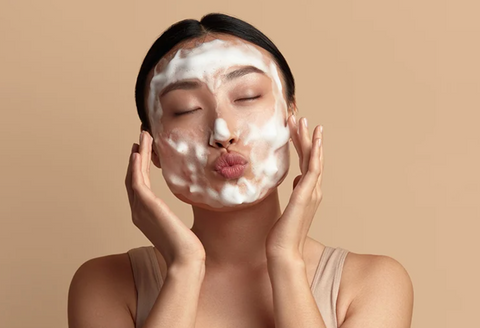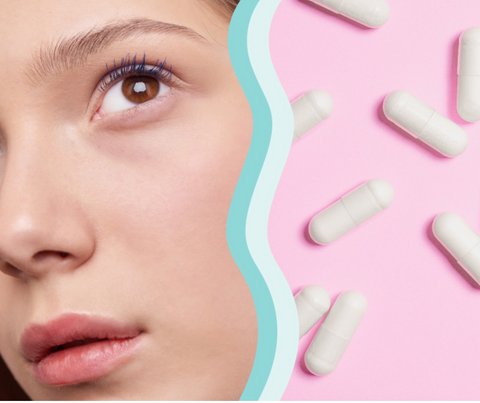News

Oolong Tea: A Natural Remedy for Recalcitrant Atopic Dermatitis
Atopic dermatitis (AD) is a chronic and often stubborn skin condition that causes itching, redness, and inflammation. For individuals with recalcitrant AD, cases resistant to standard treatments, finding relief can be particularly challenging. A 2001 study published in the Archives of Dermatology highlights an intriguing potential solution: oolong tea.

The Link Between Low Vitamin D Levels and Acne: What the Research Says
Acne is one of the most common skin conditions worldwide, affecting individuals of all ages. While its causes are multifaceted, ranging from hormonal imbalances to genetics, recent research has pointed to a surprising potential factor: vitamin D deficiency. This article explores the relationship between vitamin D levels and acne, supported by scientific studies.

Five Key Benefits of Using a Probiotic Cleanser: A Research-Based Perspective The skincare industry has...

Probiotic cleansers represent a significant advancement in skincare, aligning with the growing demand for microbiome-friendly products. Current research indicates that these cleansers may provide benefits in managing acne, eczema, and rosacea by balancing the skin microbiome and reducing inflammation. While more research is needed, especially regarding the stability and long-term effects of probiotics in skincare, the potential for probiotic cleansers in both daily skincare routines and as adjuncts in dermatological treatments is promising.

As skincare research advances, interest has grown in combining probiotic and glycolic acid cleansers to address a range of skin concerns, from acne and hyperpigmentation to aging and inflammation. Probiotic cleansers support the skin’s microbiome, helping to strengthen its natural defenses and maintain a balanced barrier. In contrast, glycolic acid, an alpha-hydroxy acid (AHA), promotes exfoliation, skin renewal, and collagen production. Together, these cleansers offer a promising approach to enhancing skin health and appearance. This article reviews recent studies on the individual and combined effects of probiotic and glycolic acid cleansers, exploring their potential benefits and clinical applications in dermatology.

